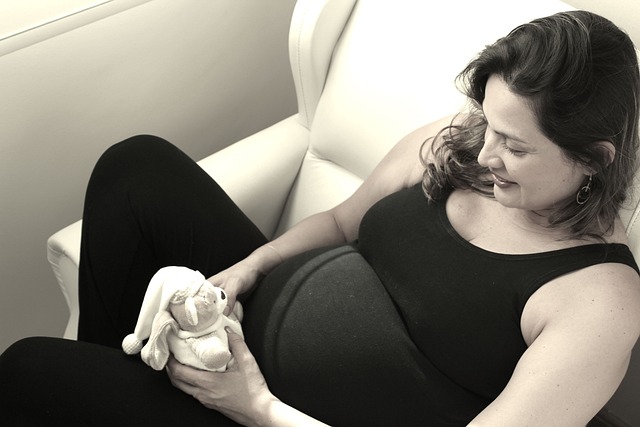It was just past noon, and I had squeezed into my office for a quick breather between seeing patients. I had spent the morning consulting with 17 individuals, and glancing at my afternoon schedule, I knew I was in for a long day. As a new OBGYN, this was my first job after finishing my residency, and despite the hectic pace, I was passionate about my work and my patients. Just as I was about to kick off my heels to relieve my aching feet, my phone rang—it was my fertility doctor.
My husband and I had been navigating the struggles of infertility for over a year, and we had finally decided to undergo some tests. My doctor called to share the results: my anti-mullerian hormone levels were low, which could be a factor in our challenges to conceive. I could barely respond, and after a long pause, all I managed to say was, “Looks like I’m part of the 10%.”
Infertility is more common than many realize; according to CDC data from 2006-2010, over 10% of couples trying to conceive face this challenge. It’s a medical issue that touches not just the individuals involved but their families and workplaces too. The journey to parenthood through assisted reproductive technologies (ART) can be lengthy, emotionally draining, and financially burdensome, often filled with highs and lows.
Since the birth of the first IVF baby in 1978, advancements in the field have transformed the experience. Even during my own three-year IVF journey, I witnessed changes in technology and improvements in success rates. Today, patients receive better risk assessments and guidance than ever before.
How Safe is IVF?
The good news is that ART is generally considered safe, with numerous studies indicating it doesn’t raise the overall risk of breast cancer or other cancers. However, pregnancies achieved through ART do have a higher likelihood of resulting in multiples, which can pose risks such as birth defects and preterm labor. Additionally, women who need these medical interventions are often older and may have other health concerns that could affect the pregnancy.
While the risk of birth defects in babies conceived through IVF is relatively low, some studies, including one from Australia, have indicated a slight increase in heart defects among these children. The heart’s formation is a complex process, and it’s not surprising that heart defects are among the most common. Women undergoing ART should have detailed ultrasounds between 18-22 weeks to assess fetal anatomy and a fetal echocardiogram to check for heart issues. Don’t forget the importance of folic acid supplementation, too!
Yet, it’s worth noting that most studies on ART have been conducted on populations outside the U.S., often with limited sample sizes. I hope for more comprehensive research focusing on diverse U.S. populations to provide better insights for couples trying to expand their families.
In the meantime, it’s essential to stay positive and breathe. I did just that—keeping my head up and my support system strong. Each IVF attempt brought its own heartbreak, but I held onto hope. After three years of perseverance, my son finally arrived, filling my heart with joy.
For anyone going through a similar experience, remember that you’re not alone, and there are resources available. For more information on fertility and home insemination, check out this excellent resource. You can also explore fertility supplements to help boost your chances of conception.
Summary
IVF can be both an emotionally taxing and rewarding journey for couples facing infertility. While assisted reproductive technologies are generally safe, they come with unique risks that shouldn’t be overlooked. Staying informed and seeking support can make a significant difference in this challenging process.

